The next generation of the infection control risk assessment – dubbed ICRA 2.0 – was developed by ASHE, which convened a group of experts to review the original ICRA processes after several years in use. Although the updated precautions matrix is intended as a guide for healthcare construction and renovation projects, it’s a ...
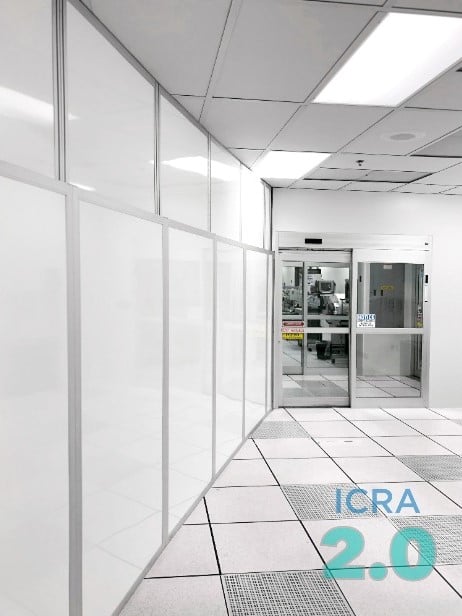
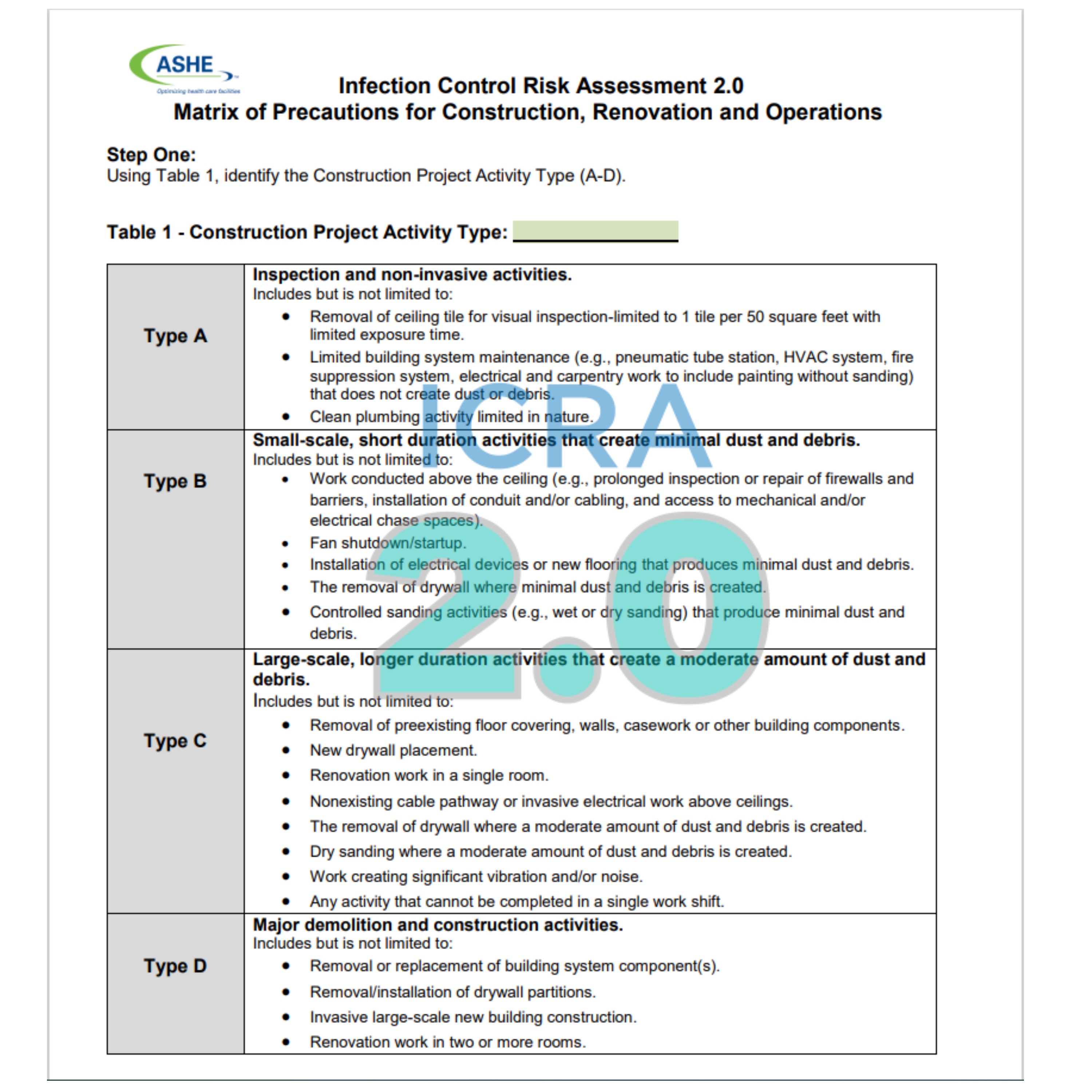
What is the ICRA 2.0 Precautions Matrix?
An ICRA is a multidisciplinary, organizational documented process intended to reduce infection risks during all phases of facility planning, design, construction, renovation and facility maintenance. The ICRA 2.0 precautions matrix is the recently updated tool that is used by whoever is planning and implementing the ...

What is ICRA 2.0?
The use of infection control risk assessments (ICRAs) during healthcare construction projects has been a work in progress spanning several decades.
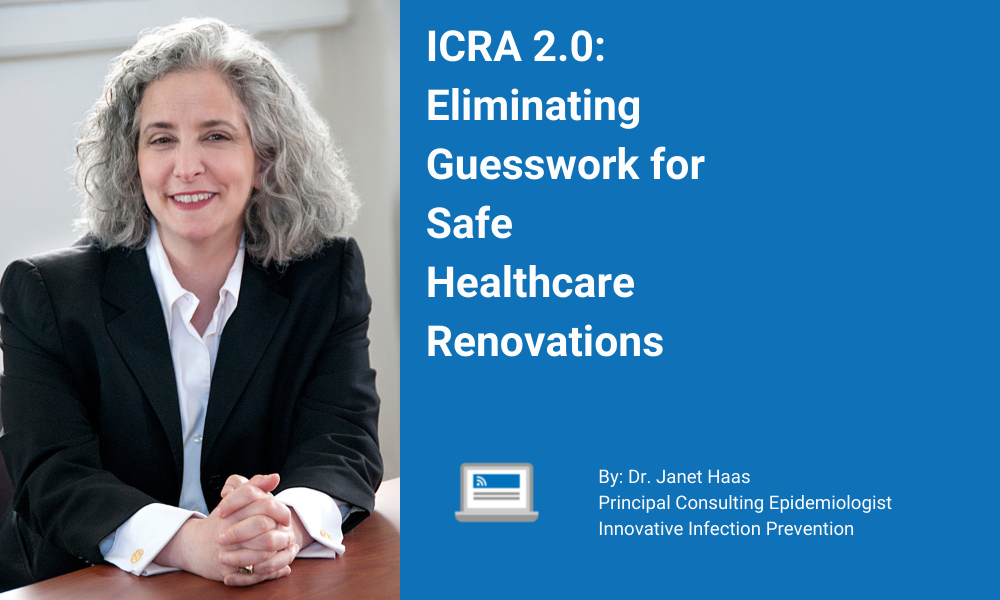
ICRA 2.0: Eliminating Guesswork for Safer Healthcare Renovations
By JANET HAAS, PhD, RN, CIC, Principal Consulting Epidemiologist, Innovative Infection Prevention
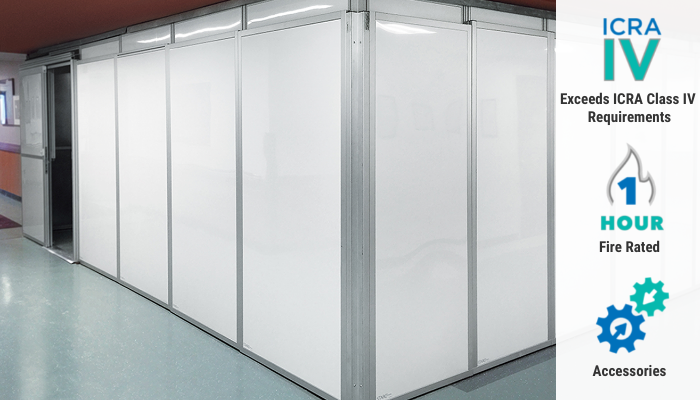
Who oversees ICRA guidelines for hospital construction?
Hospitals typically employ safety personnel to prioritize patient safety and to ensure that doctors, nurses and staff can do their jobs in a safe environment.
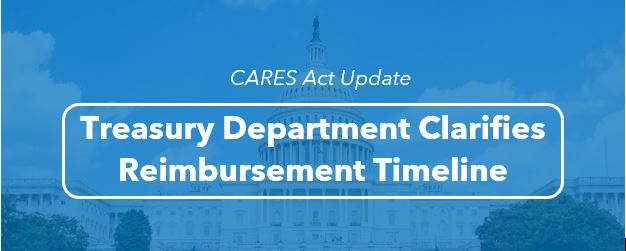
CARES Act Update
In September, the Treasury Department issued a clarification for hospital and healthcare recipients of $22 billion in pandemic response funds from the CARES Act.
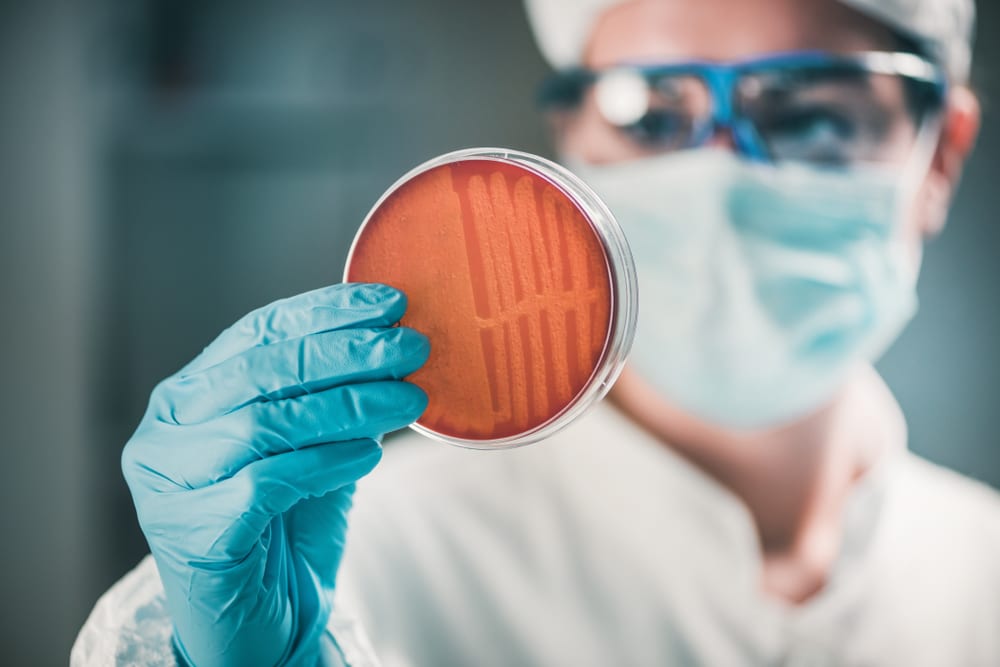
Tackling The Superbug Problem: A News-Review On Antibiotic-Resistant Bacteria
What is a Superbug and Why are They Dangerous? Antibiotic-resistant bacteria (superbugs) are a common problem in the healthcare industry today, with more than 2 million Americans getting an antibiotic-resistant infection annually. Why are they so dangerous?

Antibiotic-Resistant Bacteria Dubbed “Nightmare” By CDC
Written by Gearhart and Associates, LLC. for STARC Systems, Inc. Gearhart and Associates are industry experts in Infection Control Risk Assessment (ICRA) training, Infection Control and Prevention Strategies, and Facilities Risk Management.

Containment Strategy To Reduce The Spread Of Multidrug-Resistant Organisms (MDROs)
Written by Gearhart and Associates, LLC. for STARC Systems, Inc. Gearhart and Associates are industry experts in Infection Control Risk Assessment (ICRA) training, Infection Control and Prevention Strategies, and Facilities Risk Management.
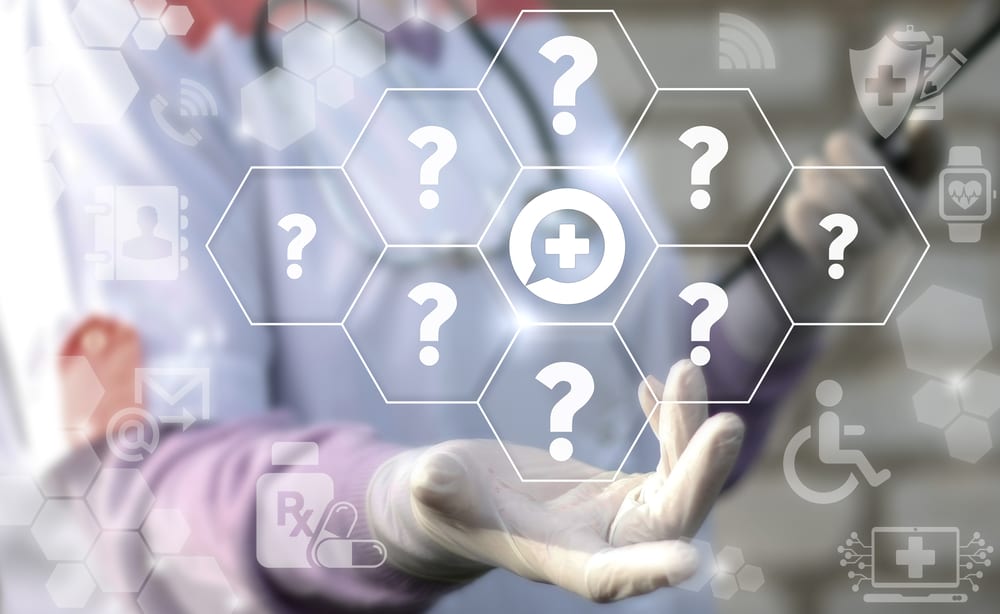
5 Most Common Questions on Temporary Containment
Written by Gearhart and Associates, LLC. for STARC Systems, Inc. Gearhart and Associates are industry experts in Infection Control Risk Assessment (ICRA) training, Infection Control and Prevention Strategies, and Facilities Risk Management.
